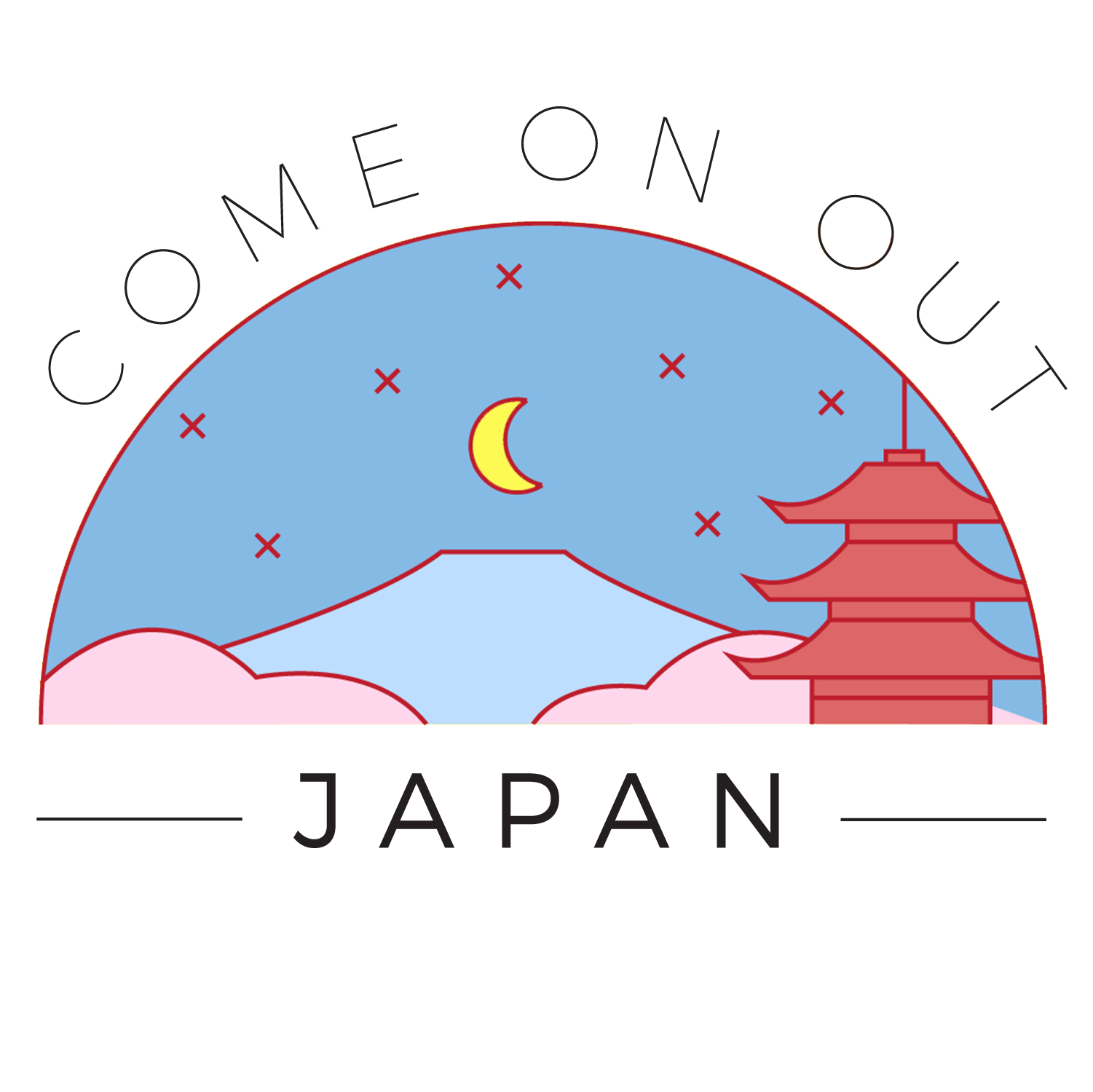How do I stay fit in Japan? What clothes should I pack to work out in Japan? Will I be able to find a gym?
For those in a rush, there is a TL;DR at the bottom of each section, as well as an FAQ at the bottom.
WHERE DO I TRAIN?
Finding an accessible gym in Japan is hard. Some gyms require a residence card or visa. Day passes can be over 30 USD. And you need gym-specific indoor shoes (or else rent some from the gym).
So how are you supposed to stay or get fit? Well, runners should have no problem adjusting to Japan. There are plenty of amazing trails. The information I’m about to speak of is more applicable to those who train for either functional fitness or hypertrophy (i.e. avid lifters, sports / calisthenics / parkour athletes)
The best place to train in Japan is without a doubt the parks. One of my favorite things to do when traveling to a new city in Japan is hike around to all of the parks and find the coolest places to train. Some parks will be very minimalistic with some parallel and pull up bars, while others will have elaborate structures with various platforms and obstacles that are great for freerunners.
If you have access to a few horizontal bars and the flat ground - you’ve got yourself a full calisthenics gym. Add in a resistance band and you can effectively target any muscle on your body.
TL;DR
Runners - just run outside. Everyone else - go to a park.
HOW DO I TRAIN?
How you train is based on your current fitness and future goals. For people only looking to maintain fitness level, I recommend paying more attention to your nutrition and sleep than your training (more info on nutrition below). Even if you go a full month without working out, you will lose practically no muscle mass or strength if you take in enough protein, hit your maintenance calories, and gain enough sleep.
As a rough estimate, muscle takes twice as long to atrophy as it does to build. If you don’t work out for a month, you should get back to normal in less than two weeks (again, assuming you are consistent with sleep, nutrition and training). However, you can prevent muscle loss by exercising 1-3 days per week.
I would generally recommend the following splits:
1 Day (per week): Full Body HIIT Workout
2 Days: Upper Body / Lower Body
3 Days: Push / Pull / Legs
If you want to take it a step further and improve your fitness, you must do one or more of the following:
Increase training specificity
Increase training intensity
Increase training volume
(None of these can be done well without proper diet and recovery.)
As for the specific workouts, check out the Bodyweight Fitness subreddit’s recommended routine. They also have an amazing page on exercise progressions ranging from never-worked-out-before beginner movements to borderline humanly impossible ones.
If you’re worried that calisthenics will make you “lose your gains” - don’t be. If anything, calisthenics will help you identify muscle imbalances, improve joint health, posture, core strength, stability, mobility and flexibility.
TL;DR
You’ll be fine for a month or so if you don’t work out, as long as you eat and sleep well. If you wish to improve during your time in Japan, or if you’re paranoid about “losing gains”, look at calisthenics / bodyweight and resistance band workouts and train as much as you want to.
Finally, NUTRITION.
Chances are, you’ll eat a lot of konbini food while in Japan. Almost all of the konbini will have chicken breasts, salads, vegetable cups, fruit, hard boiled eggs, and brown rice onigiri. Of course, there are other less healthy but still decent options, too - sushi, bento boxes, and sandwiches. Obviously, keep the junk to a minimum whenever possible.
That being said, also try as many unfamiliar snacks, foods and drinks as possible. Don’t deny yourself amazing experiences!
TL;DR: Eat healthy-ish food.
FAQ
WILL JAPAN MAKE ME GAIN FAT / LOSE MUSCLE?
That’s your choice; not Japan’s. Either way, it won’t be significant in the long run.
CAN I FIND PROTEIN / SUPPLEMENTS IN JAPAN?
Yes. Don Quixote, Yodobashi, Bic and Costco will all probably have some whey in the health sections. I have seen protein drinks in pharmacys and konbini as well. Anything you can’t find in a store can be bought online.
WHAT IF I REALLY WANT A GYM?
Google English friendly gyms in your city (unless you speak Japanese), get gym shoes, and bring lots of money.
WHAT IF I WANT TO DO SPORT / ACTIVITY XYZ?
If you’re going to a big city like Tokyo, they have it. Skateparks, parkour meetups, gymnastics gyms, dance studios, yoga, running clubs, swimming pools… they have everything. If you can’t find it by searching in English, ask a Japanese speaker for help. The search results are better in Japanese.
WILL I LOOK WEIRD IF I WEAR ~~~?
If you have to ask, then the answer is probably yes. While it isn’t as common for Japanese people to wear tank tops or shorter shorts, it isn’t illegal. Try to be modest when working out, but it's also extremely hot, so be prepared to sweat.
HOW DO I READ NUTRITION LABELS IF I DON’T SPEAK JAPANESE?
WHAT SHOULD I PACK TO WORK OUT?
Workout shoes, clothes, and a resistance band if you’re into that. Once you get here, I would also suggest picking up a small sweat towel and water bottle at a 100 yen shop. Japan is hot. Going to a vending machine every time you work out adds up if you work out a lot.
SHOULD I AVOID TRAINING WHEN I’M JET LAGGED?
No, training helps with jet lag, and the effects can be significantly reduced.
—
Written by Dalton Brown, Global English Camp 2019 Leader, University of Michigan
Edited by Paige Goetz, Director of Communications



















